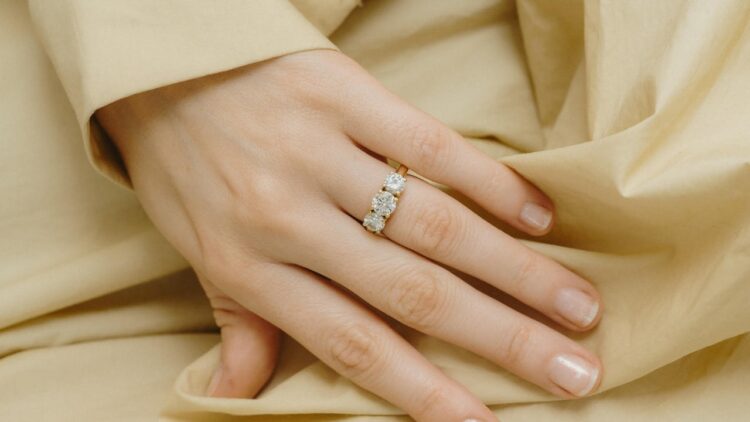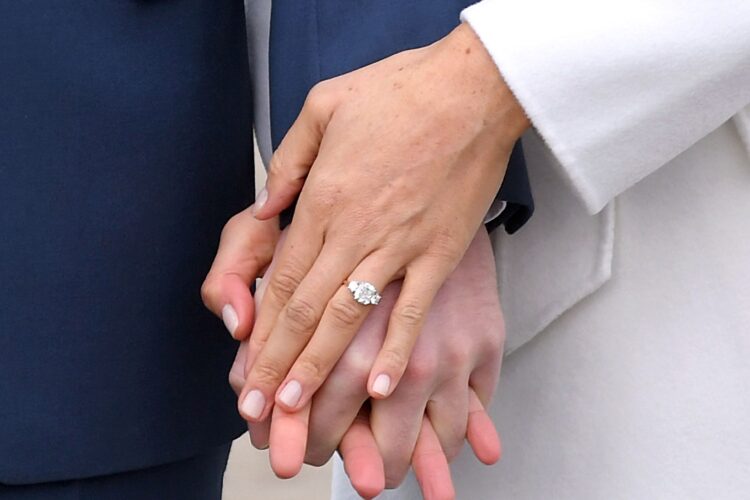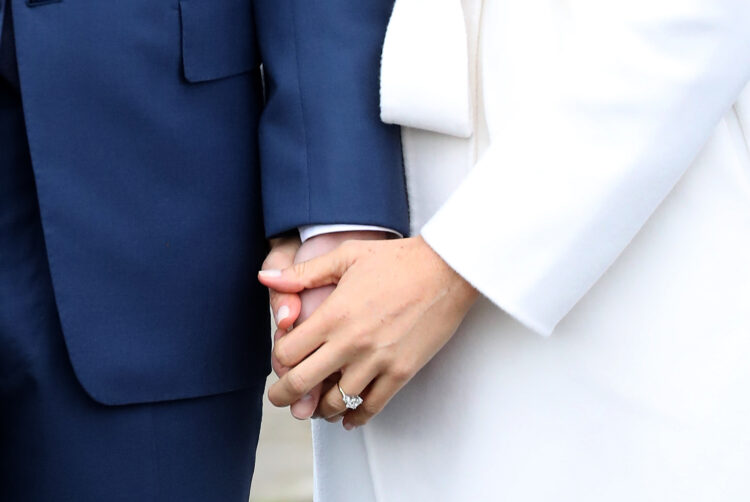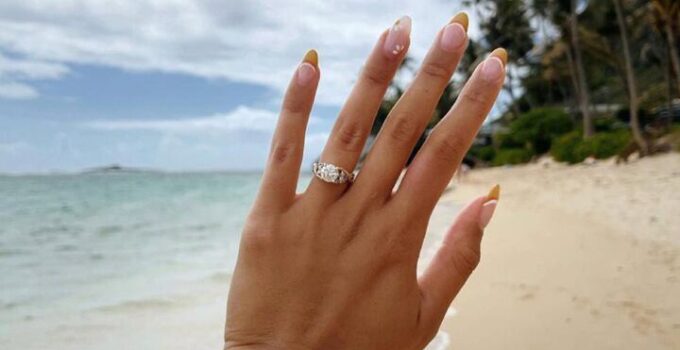Diamonds are often considered the ultimate symbol of love and commitment, and for many couples, the engagement ring is the most important piece of jewelry they will ever purchase. Choosing the right one can be a daunting task, as there are many factors to consider, including the “Four Cs”: cut, color, clarity, and carat weight. Here’s a guide to help you demystify the process of choosing the perfect diamond for your engagement ring.
Page Contents
1. Cut

Source: glamour.com
The cut of a diamond refers to its proportions, symmetry, and polish. A well-cut one will have maximum brilliance, fire, and sparkle. The most popular cut for engagement rings is the round brilliant cut, but there are many other shapes to choose from, including princess, cushion, oval, pear, and emerald. When choosing a cut, consider the style of the ring you’re purchasing and the personal taste of your partner.
2. Color
The color of a diamond refers to its lack of color. The less color it has, the more valuable it is. The GIA color grading scale ranges from D (colorless) to Z (light yellow or brown). Engagement rings London will usually carry diamonds with a higher color grade, as they are considered more desirable. However, this ultimately comes down to personal preference and budget.
3. Clarity

Source: harpersbazaar.com
The clarity of a diamond refers to the presence of inclusions or blemishes. Inclusions are internal flaws, while blemishes are external flaws. The GIA clarity grading scale ranges from Flawless (no inclusions or blemishes visible under 10x magnification) to Included (inclusions and blemishes visible to the naked eye). When choosing a clarity grade, consider the size of the diamond and the type of setting it will be placed in. A higher clarity grade will increase its value, but may not be necessary for smaller diamonds or the ones that will be set in a halo or pave setting.
4. Carat Weight
The carat weight of a diamond refers to its size. One carat is equal to 0.2 grams, and diamonds are often sold in fractions of a carat. Larger ones are generally more valuable, but smaller ones can be just as beautiful when set in the right setting. Consider your budget and your partner’s preferences when choosing a carat weight.
Other Factors to Consider

Source: time.com
In addition to the Four Cs, there are other factors to consider when choosing a diamond for your engagement ring. These include fluorescence, certification, and shape. Fluorescence refers to its ability to emit a soft glow under UV light. While some people prefer a diamond with no fluorescence, others find it adds to its beauty. Certification refers to the independent grading report that verifies the diamond’s quality. It’s important to choose the one that has been certified by a reputable organization, such as the GIA or AGS. Finally, shape refers to the overall silhouette of the diamond. Consider your partner’s style and personality when choosing a shape.
Conclusion
Choosing the right diamond for your engagement ring is an important decision that requires careful consideration. With these factors in mind, you’ll be able to choose a diamond that is beautiful, high-quality, and meaningful for your engagement ring.




